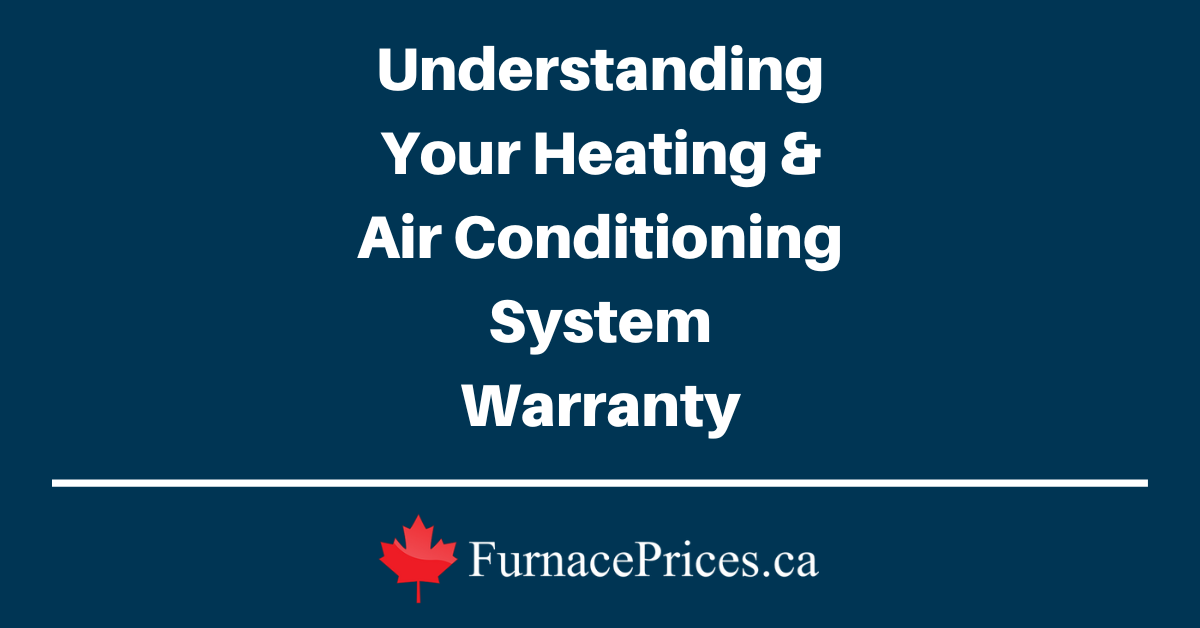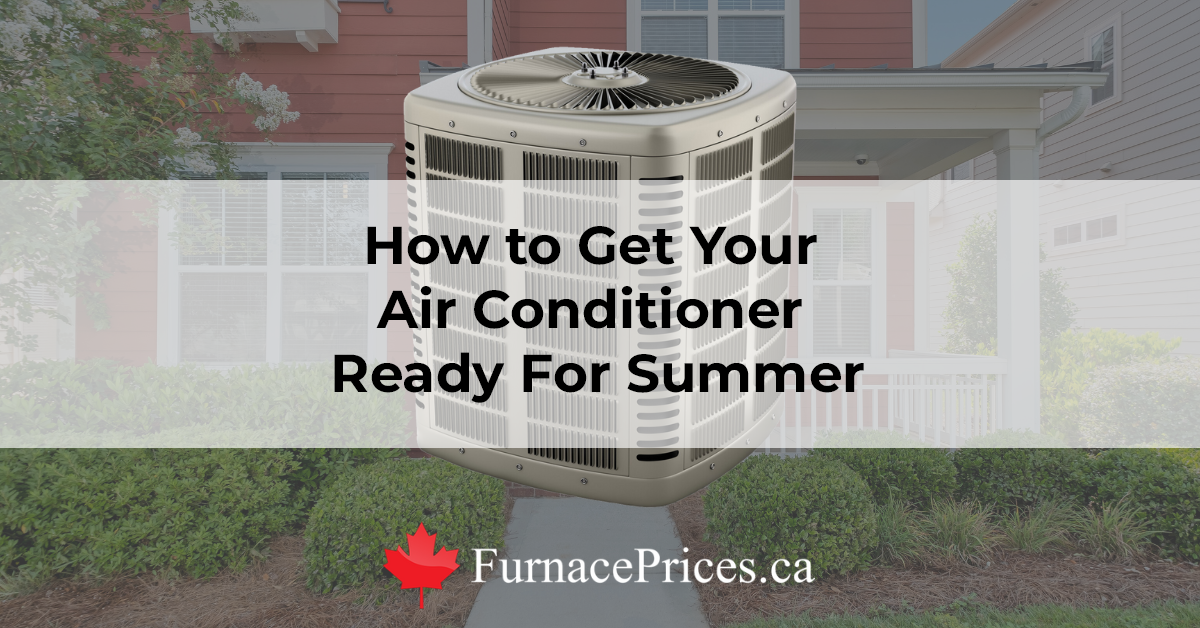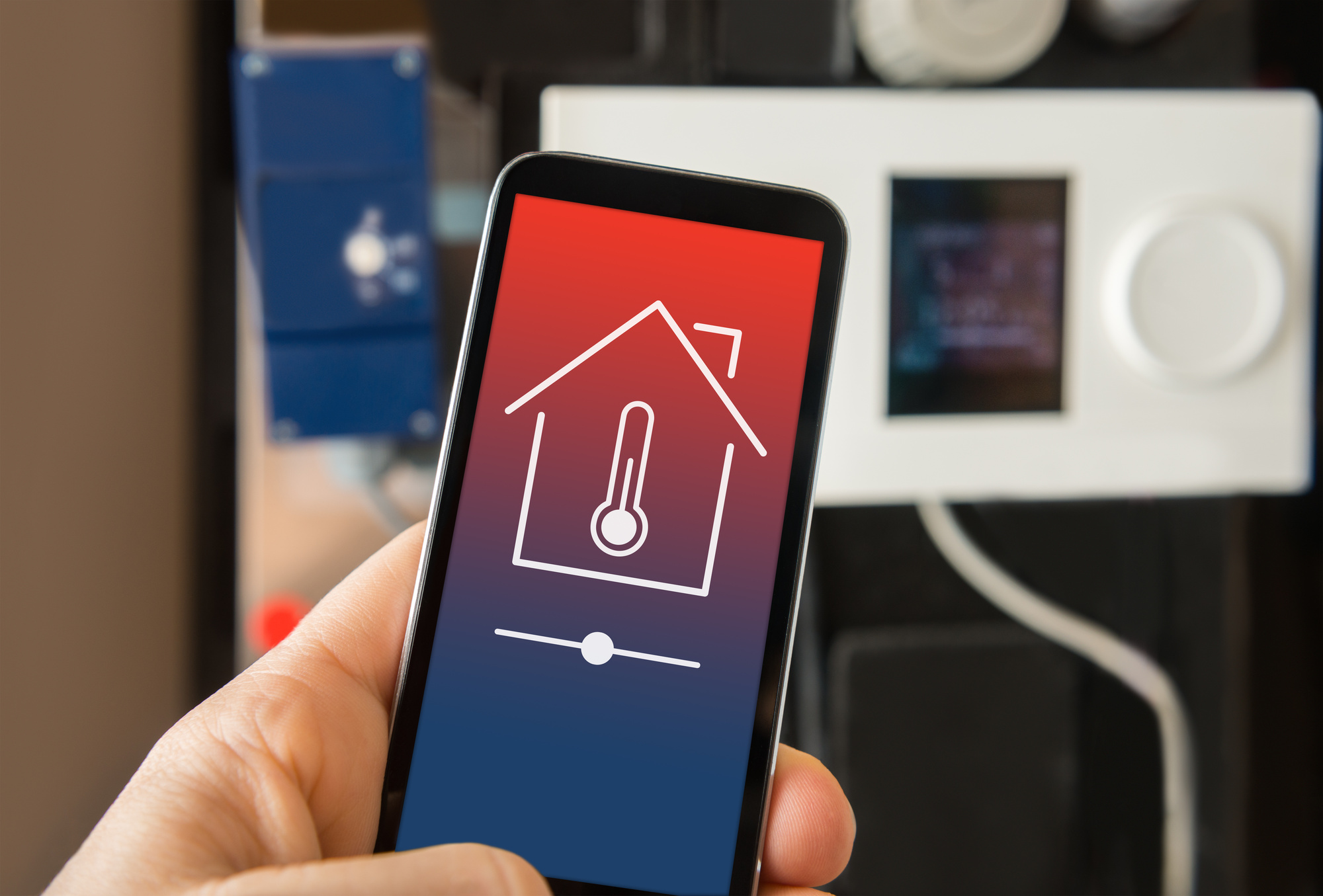With winter fast approaching, the temperatures are starting to drop, and snow is beginning to fall. The colder it gets outside, the more you’ll have to spend on your heating bills. However, just because gas prices are high and the weather is cold doesn’t mean you can’t save money on your utility bills.
Minimizing how much your furnace is running is one of the best ways to save money on heating costs this winter. Since we live in Canada and heating obviously isn’t optional, it may make sense to invest in a more efficient heating system or perform general maintenance to help your current system operate more efficiently.
If you want to stay warm and cozy this winter without spending a fortune on gas, you’ve come to the right place. In addition to not using your furnace or installing a new one, there are plenty of ways to save money this winter…
This article will explore several of the best energy-saving tips.
Lower the Temperature on Your Thermostat
As we said earlier, the easiest way to save money on heating costs is by turning down the temperature on your thermostat, thereby using your furnace less frequently. Turning down the temperature on your thermostat is also a good way to lessen your carbon footprint because your furnace won’t run as long or often.
However, the winters can get unbearably cold in Canada, so not using your furnace is only an option during the early and late winter months when temperatures are moderate.
On average for every degree Celsius you lower your thermostat you can expect to save approximately one to three percent on your heating costs, so it can add up. Even just setting it a few degrees lower and wearing some extra layers can make a difference over the course of the season.
Lower the Temperature of Your Water Heater
If lowering the temperature on your furnace isn’t too appealing, you can also try lowering the temperature of your water heater. Water heaters have thermostats that work similarly to your heating system’s thermostat.
Lowering the temperature slightly on your water heater can help compensate for the extra money you’ll spend running your furnace during winter.
Lowering your water temperature also reduces the risk of burning yourself or having excessively dry skin during winter. It should never be higher than 49°C or 120°F.
Change Your Furnace Filter Regularly
Furnaces are complicated heating appliances, and there are many maintenance jobs that require a professional. However, one of the things you can do quite easily is changing your furnace filter. Your furnace filter is responsible for trapping dirt, debris, and other particles from entering your furnace and preventing them from circulating throughout your home.
However, most furnace filters will only work for one month to one year, depending on the type of filter you have. Eventually, the filter catches so much dirt and debris that it gets clogged up and starts blocking the airflow created by your furnace.
By simply checking your filter periodically and changing it when necessary, you’ll help your heating system operate more efficiently and use less energy.
This is because the more clogged the filter, the harder the furnace must work to circulate air, thus consuming more energy.
Try to replace the filter at least once per quarter or even monthly if your home is very dusty or you have pets, or you have a large home for example. In some cases you may be able to vacuum clean your filter in between changing it so you don’t have to replace it as often.
Get Quotes
How soon are you looking to buy?*



Have Your Furnace Professionally Serviced
While changing your furnace filter is a cinch, there are plenty of furnace maintenance tasks you can’t do unless you have the right tools, training, and experience.
Therefore, you should consider having your furnace professionally serviced annually, especially if it’s getting older. Also keep in mind that the warranty on some new furnaces may require an annual inspection by a professional in order to maintain full coverage.
Here are some things an HVAC professional will do when servicing your furnace.
- Check the fan and blower motor.
- Examine the heat exchanger.
- Make sure you have the right amount of gas flow.
- Ensure the wiring and electrical components on your furnace are working correctly.
- Check your furnace vents for blockages.
- Change your air filter if necessary.
- Make sure the burner and lighter are working well on gas furnaces.
In addition to these tasks, there are many other things an HVAC pro can do that you can’t. They will also advise you whether you should install a new heating system or continue with your existing one.
So if you want to save money this winter, have your furnace inspected, maintained, and repaired as necessary by a professional.
Have Your Air Ducts Inspected
While having your furnace inspected, you should also have your air vents and ducts checked. Air flowing through your ducts will sneak out of any crack, hole, or crevice it can find. Because most of your ducts are below your floor or above your ceilings, air that sneaks out of them is lost and wasted because you’re essentially heating an unconditioned area.
HVAC professionals have special tests they can perform to determine how efficient your ducts are. They can also pinpoint leaks and seal them properly so that you’re utilizing all the hot air your furnace creates.
There are even services available that are able to seal ductwork from the inside using a special process that doesn’t require direct access to the ductwork itself.
Use Ceiling Fans
While most people are familiar with using ceiling fans to cool things down, few realize you can use them during winter. Hot air rises, so the air near your ceiling is warmer than the air below.
When a ceiling fan runs in the winter, it takes warm air from the upper part of the room and blows it downward to displace the cool air. It’s a great way to disperse hot air and utilize all the heat created by your furnace.
Install a Smart Thermostat
Installing a smart thermostat is one of the best ways to regulate the temperature in your home. Smart thermostats will save money because they can adjust temperatures on their own, according to what you prefer.
For example, if you typically turn your thermostat down at night or while away at work, smart thermostats can learn that behavior and adjust it on its own. Or, you can program it to turn your heating system (and air conditioning, if you have it) on and off with whatever schedule you want.
The best ones have other useful features like allowing you to monitor and adjust the temperature remotely like while away on vacation.
A smart thermostat can potentially save you as much as 10 – 20% or more on your utility bills, and so they can often pay for themselves fairly quickly.
Invest in Efficient Windows
In terms of efficiency and heat loss, more heat gets lost through inefficient doors and windows than anything else. If your home has old windows, especially single-pane windows, there’s a good chance they’re losing a ton of heat.
Furthermore, it’s a good idea to check the weather sealing around doors and windows at the beginning of heating season. On a colder evening you may be able to feel a draft with your hand, and you can also visually inspect gaps.
Some low-cost weather sealing is a quick DIY fix that can make a big impact.
Installing new windows and doors is a significant investment, but it will save you big bucks during winter and summer. After all, a good way to save energy is to not waste the heat you’ve already paid for by allowing it to escape your home too quickly!
You can also consider using cheap weather insulation kits that can be found at most hardware stores. These include a thin plastic film that is sealed around older windows to imitate a double-glazed window. This can make a big difference in its insulation factor.
Get Quotes
How soon are you looking to buy?*



Have Your Insulation Checked
Aside from windows and doors, poor insulation is a big cause of losing heat in your home. Heat naturally rises, which means that it can go floating through your ceiling and roof if you don’t adequate insulation to keep it inside. Having your attic insulation checked and replenished can save big bucks on your heating costs this winter; poorly insulated attics can be the main cause of heat loss.
Insulation in your walls is a lot harder to fix if it is not in good shape. But if you are remodeling, make sure that your walls are well insulated.
Close Heating Vents If You’re Not Using Them?
Contrary to what some people think, closing vents and doors to unused rooms and areas in your home is NOT a great way to save money on heating bills… and may in fact cost you more.
Here’s why: The fan on a typical furnace is set to push a certain amount of air through the duct system. Closing off ducts means that the fan has to push the same amount of air through a smaller opening, so it has to work harder. That means it will fail prematurely, along with associated parts like belts and bearings. It could cause other problems too, like increasing duct problems.
So if you try to save money that way, you’ll spend more on repairing your furnace.
That is, unless you have a variable-speed motor on your furnace. A variable-speed or ECM (electronically commutated motor) will adjust the furnace output appropriately to heating needs, although this can still strain your furnace. If the thermostat happens to be in a different room than the one you’re forcing air towards for instance, the furnace will sense the temperature in the other room and work harder to raise the temperature not knowing that the vents are closed to that room.
In short, it’s best to stick to some of the other tips on this list.
Utilize Your Drapes and the Sun
No matter where you are in Canada, the sun will always be a natural source of light and heat. Opening your drapes or curtains during the day allows that natural heat to enter your home like a greenhouse.
Then, when the sun goes down, you can shut your drapes and trap the heat inside your home. Closing your drapes will also help add a layer of insulation if you have older windows.
Use Plenty of Blankets and Warm Layers
In addition to all the other things you can do to save money on heating costs, you can also bundle up. Wearing multiple layers, having blankets handy, and wearing socks and slippers inside your home will go a long way toward keeping you warm so that you can turn the temperature down on your thermostat.
Bundle up and cozy up on the couch with a book or Netflix!
Replace Your Old Furnace With a New One
While each of the ideas on this list is a great way to save money this winter, installing a new furnace is one of the best things you can do to lower your heating costs if you have an older and likely less-efficient furnace.
New furnaces are more efficient than ever and can often heat your home at a fraction of the cost of older furnaces. The same goes for boilers and other types of heating systems.
Because they’re more efficient, new furnaces allow you to keep your home comfortable without lowering the temperature on your thermostat.
The amount you could save depends on a number of factors. While you may save as much as 40% on your heating bills if you have a very old and inefficient unit, realistically you should expect modest savings, but they can add up over the long term.
Best of all though, you may be able to offset some of the cost of a new heating system with government heating & air conditioning rebates.
Final Thoughts About How to Save Money on Heating Costs
As you can see, there are many ways to lower your heating costs this winter while staying warm and comfortable. With some discipline, extra clothes and blankets, and a properly maintained heating system, you should have no problem saving money.
However, if you’re looking for the best way to save money this winter and your furnace has been breaking down more than usual, investing in a new high-efficiency furnace can have many benefits beyond just monetary savings.
Get Quotes
How soon are you looking to buy?*











